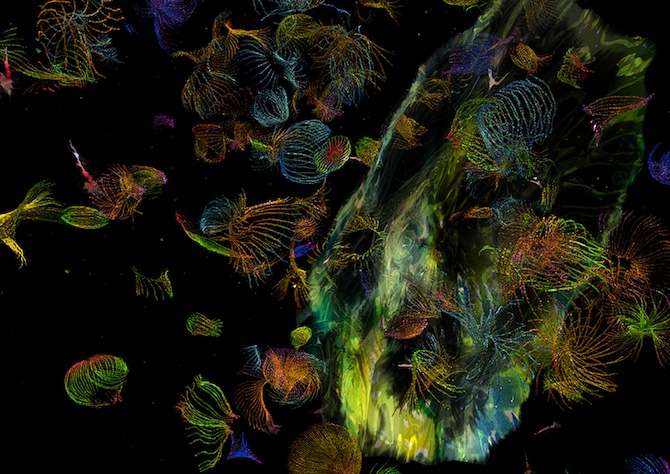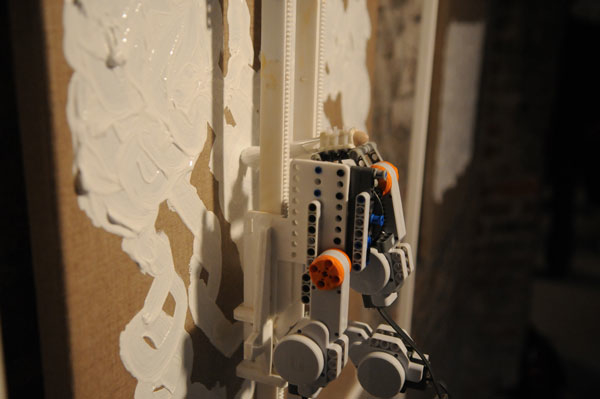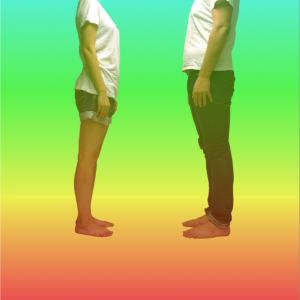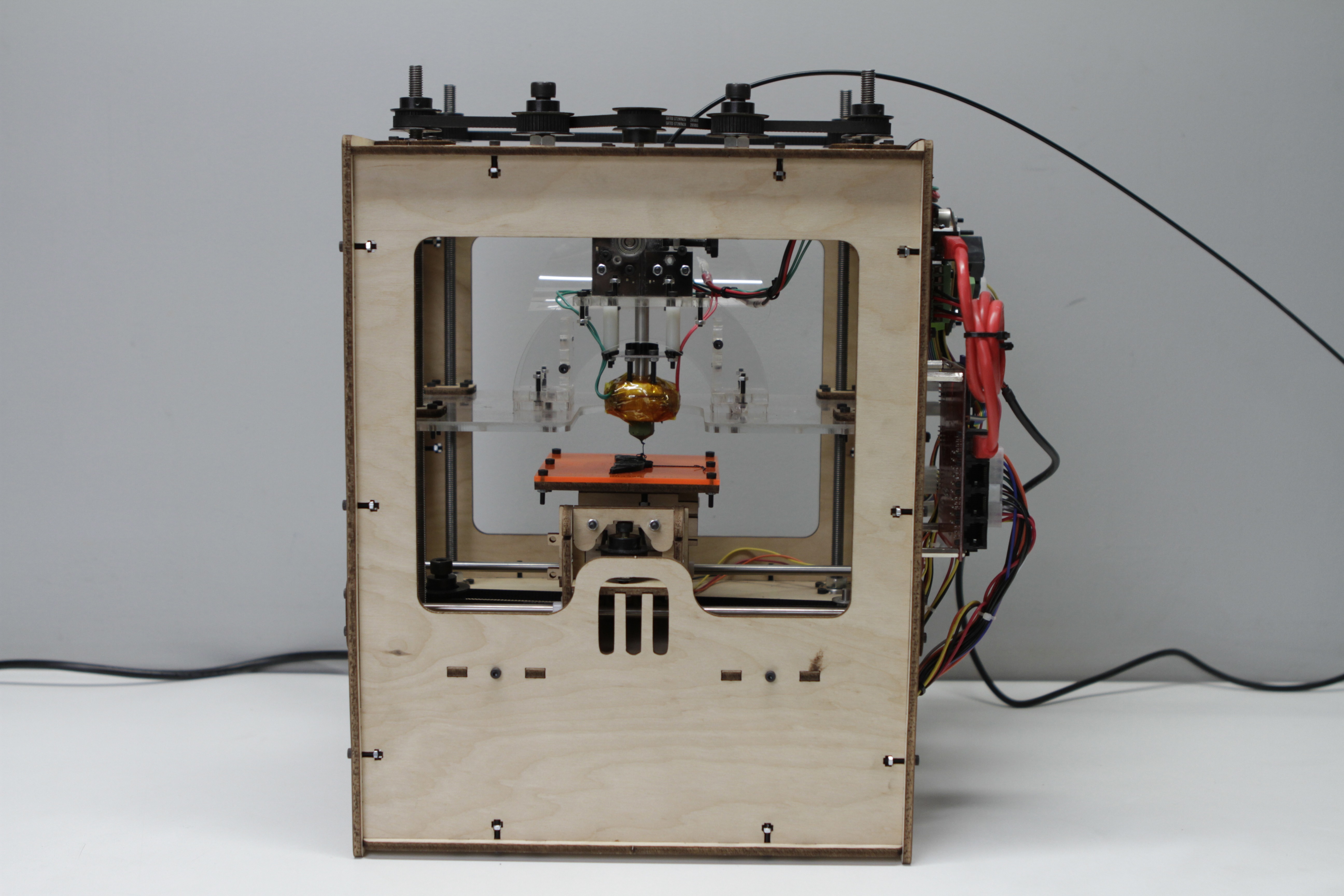Five Futuristic Art Works to See at ISEA
These ISEA art sideshows show off a future far more interesting than your missing jetpack.
At various points, the past has promised that by now we’d have robot servants, flying cars, men on Mars, time travel, teleportation and designer babies (of the genetic kind). But whilst those ideas are still slowly chugging through the endless pipeline of human dreams, many more exciting possibilities have come to light.
The International Symposium on Electronic Art (ISEA) descends on Sydney this month to present some of the most exciting new ideas in science and technology as thought of by some of the world’s leading contemporary artists. Here are five places to go to see amazing art for free while it's still in town.

1. Souped-up holograms
Venue: COFA
Remember holograms? Those stickers you put on your year five school diary that were eyes opening and closing or planets rotating depending on what angle you looked at them from? Well. Welcome to 2013, the land of computer-generated laser holograms, digital holographic prints and stereoscopic animations. Holoshop: Drawing and perceiving depth showcases collaborative holographic and stereoscopic video artworks developed by Associate Professor Paula Dawson in collaboration with the Holoshop research team. Do your eye muscle exercises before attending because this will be a journey of lush optical candy.
Image: Paula Dawson, 2013. Production still for digital holographic print, created using Holoshop haptic interface.

2. Robots, for real
Venue: Artspace
There are two cool awesome sick things happening at Artspace. The first is a suite of projects focusing on robotics. Artists Petra Gemeinboeck & Rob Saunders (Sydney), Mari Velonaki (Sydney) and Simon Ingram (Auckland) all present works that consider the material structures, functions and alterations that automated machines can generate. This is, like, even better than Furbies.
The second cool sick awesome thing happening at Artspace is This Is Video curated by Stephen Jones, which charts a history of video art in Australia, pulling together archival work used in a 1981 exhibition titled Video Art from Australia and topping it up with some more contemporary gems. Check out the website for exhibiting artists.
Image: Simon Ingram, Drunken walk machine, 2008 (detail)

3. Interactive Introspection
Venue: 107 Projects
There is actually so much going on at 107 Projects that you might need to bring along an extra brain. If A System Fails In A Forest… is curated by COFA PhD candidate and academic Scott Brown and explores the ubiquitous systems that shape and govern our lives. A host of interactive artworks by local and international artists will reveal what these systems really look like, how we subliminally interact and communicate with them, and whether we can even exist without them. Also at 107 Projects is Electrolapse a video art exhibition about video art(!) presented by Electrofringe that addresses themes of system failure, manipulation, distortion and opportunity.
Image: WildPark by Yiwon Park and Peter Wildman

4. Viewing images, not with your eyes
Venue: Kudos Gallery
Where does the virtual world end and the real world begin? When your fingers swipe the screen and transfer electromagnetic pulses into digital actions, are you temporarily a virtual entity, too? Depends on your Point of View, also conveniently the title of this exhibition going down at Kudos Gallery. Curator Volker Kuchelmeister has selected works that use electronic media to investigate the limitations that traditional ocular optics put on our perception of mediated imagery, while also exploring and exploding the boundaries of the cinematic image.
Image: Lightbridge (Machines Studies) by Chris Henschke. Photo of screen, courtesy of the artist.

5. Building, not with our hands
Venue: Tin Sheds
If 'art-chitecture' was a word, then this is where it would belong. Three major projects will be exhibited at Tin Sheds, forming part of the Emercen/City urban interventions and research project. DisSentience, curated by Lian Loke, speculates on a future where digital technology has pervaded all aspects of daily life, infiltrating even the most mundane and intimate of domestic rituals. The Generative Freeway Project by Matthew Sleeth is a self-generating sculptural installation that populates itself over the exhibition period by way of a prototype 3D printer. It is part robot, part performance and part durational installation. And Transpotage by Spanish architectural duo Selgas Cano is a moveable and translucent garden, the second phase of the ongoing laboratory-project aimed at transferring new technologies borrowed from other disciplines into the sphere of architecture.
Image by Matthew Sleeth (courtesy of Claire Oliver Gallery, New York)

Honourable Mention
Also check out the Electronic Art at The Rocks Pop-Up.









